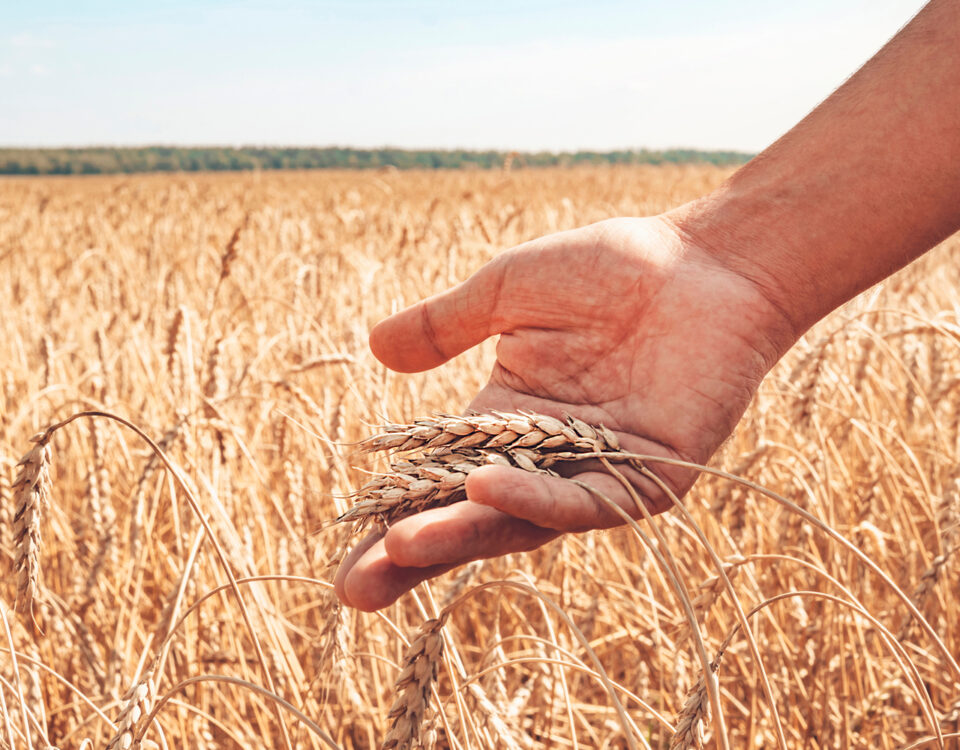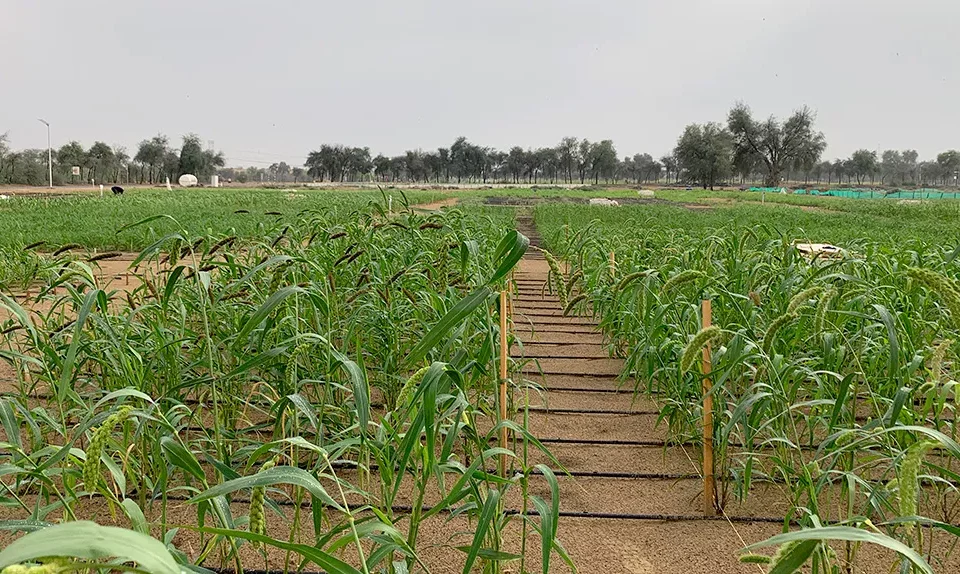
Top Techniques for Boosting Sugar Cane Yield and Quality
August 9, 2024
How to Protect Your Crops from Whitefly Attacks
August 16, 2024Precision agriculture is revolutionizing the farming industry by introducing innovative technologies that enable farmers to manage their crops and land more efficiently. This modern approach to farming leverages data-driven techniques to optimize the use of resources, increase crop yields, and reduce environmental impact. As the world faces the challenges of feeding a growing population, precision agriculture stands out as a key solution for sustainable food production.
The Role of GPS and Remote Sensing
Global Positioning System (GPS) and remote sensing technologies have become integral to precision agriculture. These tools allow farmers to monitor their fields with remarkable accuracy. GPS provides precise location data, enabling farmers to map their fields and apply inputs like fertilizers and pesticides more efficiently. Remote sensing, on the other hand, uses satellite or drone imagery to assess crop health, soil conditions, and even predict potential yield outcomes. Together, these technologies help farmers make informed decisions and minimize waste.
Big Data and Predictive Analytics
The use of big data and predictive analytics is another significant innovation in precision agriculture. By collecting and analyzing vast amounts of data from various sources, such as weather patterns, soil conditions, and crop performance, farmers can predict future trends and make proactive decisions. This data-driven approach not only improves crop management but also enhances the ability to forecast potential risks, such as pest infestations or droughts, allowing farmers to take preventive measures in advance.
Automated Machinery and Robotics
Automation is transforming the agricultural landscape, with advanced machinery and robotics playing a crucial role in precision farming. Automated tractors, drones, and harvesters are now capable of performing tasks with minimal human intervention, reducing labor costs and increasing efficiency. For example, drones can be used for spraying crops, while autonomous tractors can plant and harvest with precision. These innovations not only save time but also ensure that farming practices are carried out with greater accuracy, leading to better crop yields.
Variable Rate Technology (VRT)
Variable Rate Technology (VRT) is another groundbreaking innovation in precision agriculture. VRT allows farmers to apply inputs such as seeds, fertilizers, and water at variable rates across a field, based on specific needs. By using soil maps, yield data, and real-time sensor information, VRT ensures that each part of the field receives the optimal amount of resources. This targeted approach reduces waste, lowers input costs, and increases the overall efficiency of farming operations.
Conclusion
The innovations in precision agriculture are setting the stage for a more sustainable and productive future in farming. From GPS and remote sensing to big data analytics and automated machinery, these advancements are helping farmers make smarter decisions, conserve resources, and enhance crop yields. As technology continues to evolve, precision agriculture will likely become even more sophisticated, offering new solutions to the challenges faced by the agricultural industry in the 21st century.
to read more agriculture related blogs on the website Click here.





